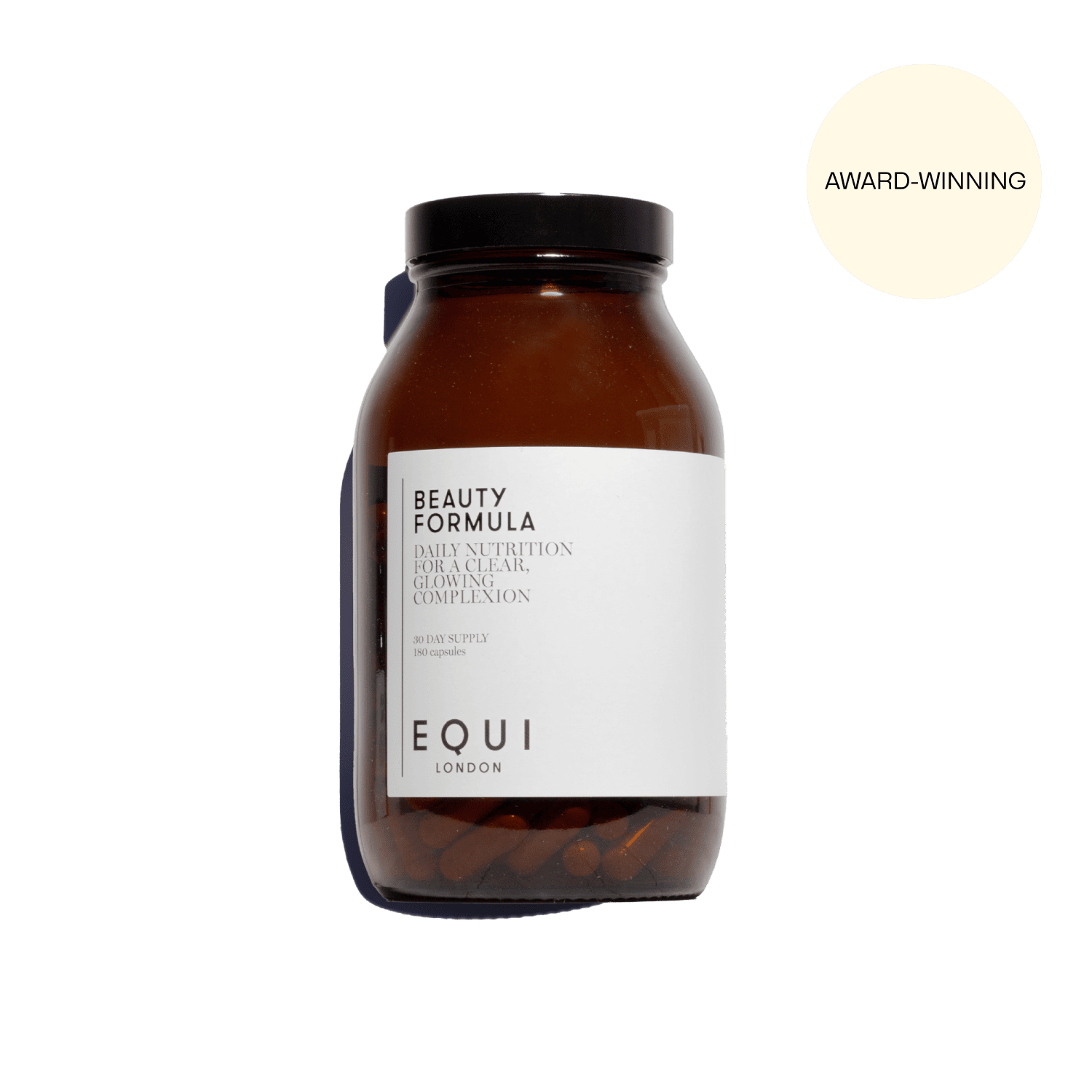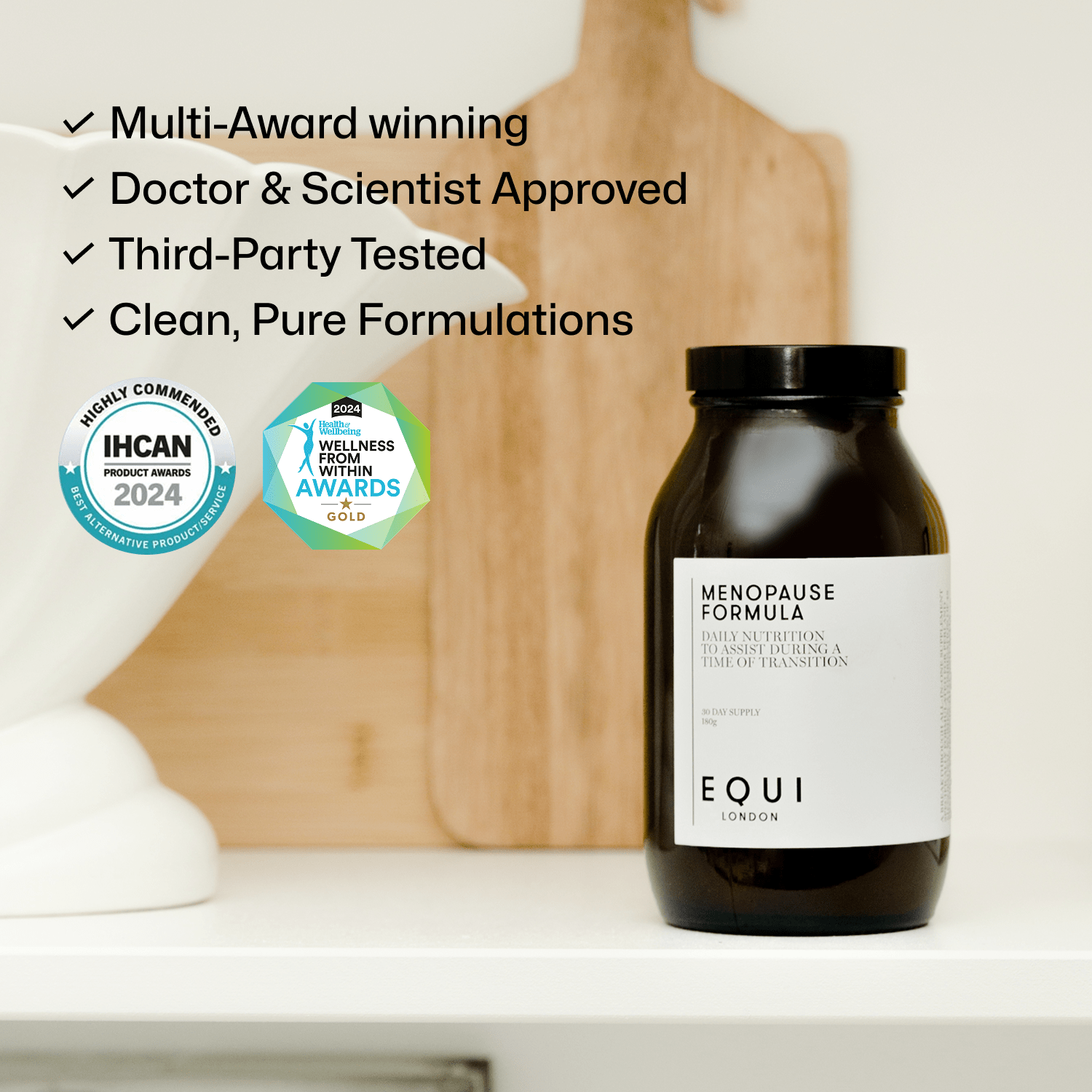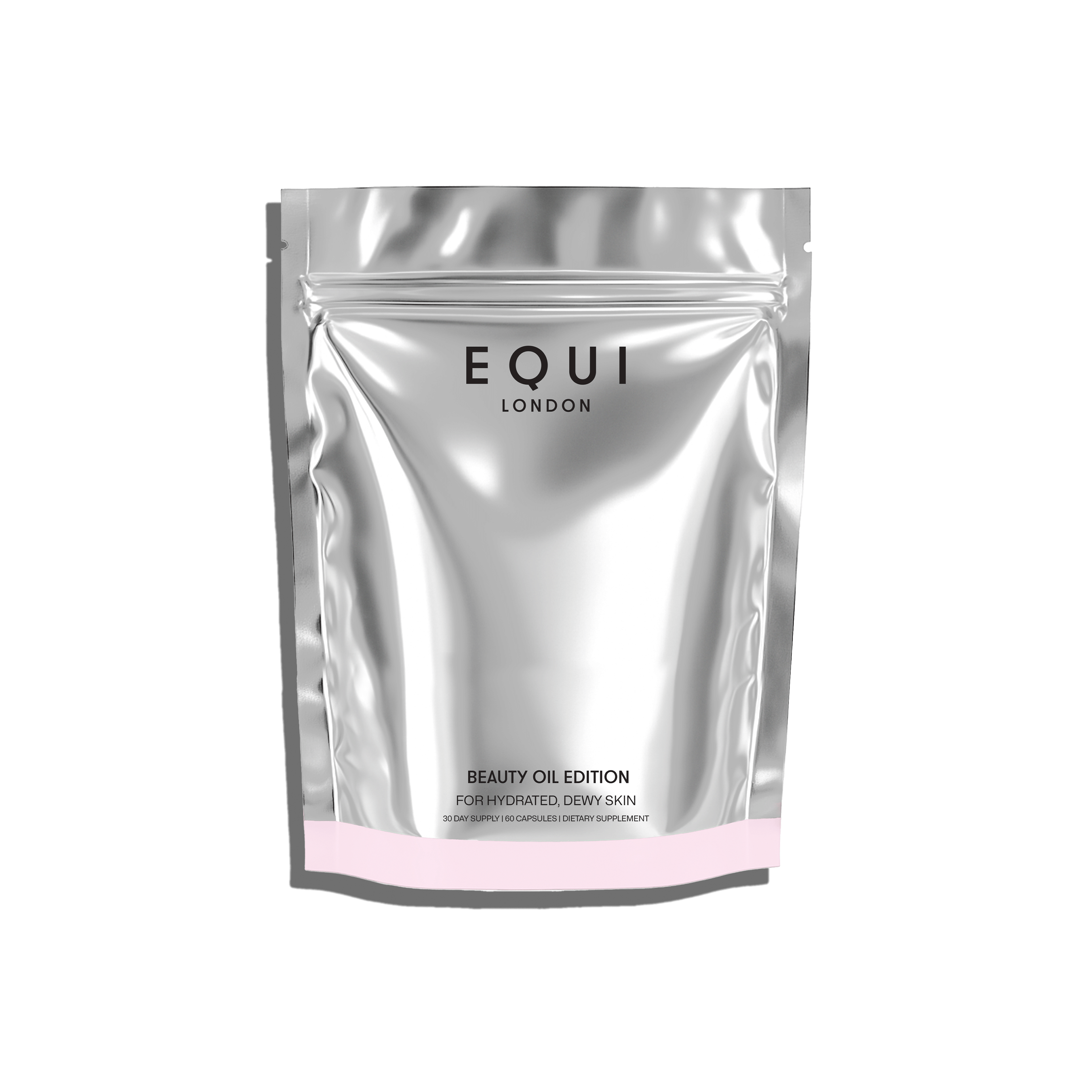
Whether you are choosing to try a plant based diet, have a dietary restriction, or want to generally reduce your intake of dairy – there are many reasons to try a dairy free milk alternative. But, just like when choosing a protein powder there are endless options on the supermarket shelves with a variety of health claims and it can be challenging to know which one to choose!
We’re here to separate fact from fiction again with our nutritionist guide to what to look for…
Is Going Dairy Free Healthy?
Traditionally, the only option for milk was cow’s milk and this was considered part of a healthy, well rounded diet. Rightly so, because back then cow’s milk was only ever organically sourced with an impressive nutritional profile. Being high in protein and important vitamins and minerals such as calcium, iodine, phosphorus, essential B Vitamins and even omega 3. But in a similar fashion to other animal produce, high demand has meant that the standard of dairy products has taken a hit in order to meet requirements. Concerns over potential contaminants in dairy products such as antibiotics, pesticides and growth hormones as well as the important welfare of the animals drives people to choose a dairy free alternative instead.
Similarly, the reduction of quality of milk has correlated to the increased incidence of intolerance and allergies worldwide. In today’s world, it is estimated that 75% of the world’s population is intolerant to lactose, which is the sugar constituent of milk. Working with a Nutrition practitioner can aid in the understanding of dairy intolerance and the driving factors behind it. Similarly, it is reported that 2-3% of children under the age of 5 have an IgE allergy to milk (this is a true allergy that is mediated by the immune system, rather than being related to digestive health).
Skin conditions and other health concerns have previously been linked to the consumption of dairy products. Though this won’t be the case for everyone and moderate intake of good quality dairy isn’t problematic for everyone, some research shows that the lactose (a sugar) and fat in diary can lead to inflammatory responses and exacerbate gut troubles. Skin conditions such as acne, eczema, rosacea and psoriasis can in some cases be improved following the reduction or even removal of dairy products in the diet. Be sure to speak to a qualified nutritionist and your doctor before doing this to ensure you replace dairy with the right alternatives.
What Are The Best Dairy Free Milks?
If you want or need to avoid cow’s milk, there are a variety (and always growing) of non-dairy options available. Here are some ideas to get started…
Soy Milk – back in the day, this was the one and only for the dairy free community! Made with soybeans or soy protein isolate, it has a creamy and mild flavour to it. From a nutritional perspective, soy milk is a close non-dairy substitute for cow’s milk- wish a similar proportion of protein, a reduced amount of calories, fats and carbohydrate along with lots of calcium. However, many store-bought Soy milks are highly processed with conflicting research into the potential large amounts of isoflavones in soy. These may also affect oestrogen receptors in the body and affect the function of hormones (1) although modest consumption (1-2 week) shouldn’t be an issue for most people. If you like soy, choose organic, non GMO options if you can and always without any added sugar.
Coconut Milk – whenever we think Coconut Milk, we are transported to beautiful white sandy beaches sipping on a straw dipped in a fresh coconut. Coconut milk is made from both the water and white flesh of the whole coconut. With a creamy texture and a sweet but subtle flavour, coconut milk is often found in two forms – tinned (more creamy) and cartons of milk in the supermarket fridges. Both forms are lower in both protein and carbohydrate content than cow’s dairy, but slightly higher in healthy fats called medium-chain triglycerides (MCTs). Research has shown the use of MCTs in regulating hunger signals and keeping appetite healthy.
Almond Milk – the well-known ‘nut milk’ is made using whole almonds that are blitzed and blended with water to create a lighter, slightly nutty flavoured milk. Almond milk is a wonderful source of Vitamin E, providing an abundance of antioxidants that aid in the natural defence mechanisms of the body. However, in comparison to cow’s milk it is less concentrated option of the beneficial nutrients such as almonds, protein, fibre and fats.
Cashew Milk – in a similar fashion to Almond, a blended mixture of cashew nuts is used to create a smooth, creamy and sweeter flavour. The low carbohydrate and sugar content makes it a suitable option for people who may be looking regulate their carbohydrate intakes, such as people with diabetes. However, the way in which nut milks are created involves the straining of the entire nut – again loosing the protein, fibre and essential vitamins that we know and love from eating a whole cashew. For this reason, cashew milk is one of the easiest milks to make at home and is therefore an affordable option for those who would prefer a DIY variation.
Oat Milk – again, one of the very popular choices today and becoming a growing norm amongst coffee shops, with many reporting that they now order more cases of this than cow’s milk. The best oat milks are created by blending oat and water and not much else, creating a naturally sweet and mild flavour. From a nutritional perspective, you’d think that oat milk is richer in fibre being made from oats, but as explained by Nutritional Therapist Grace Kingswell – in her State of Mind Podcast – the problem with Dairy Free Milk, blended oats are very high in carbohydrate which can very quickly turn to sugar in the blood stream. Sadly, many oat milks are also contaminated by manufacturers with extra ingredients such as gums, oils and salts to make them taste better.
Further milks are always being produced to keep up with the strong demand, some of which also include Rice Milk, Hemp Milk, Pea Milk, Potato Milk and Macadamia Milk to mention a few, and often combinations are created to make the milk sweeter - some brands mix rice in with almond for example, which is makes it taste much sweeter but also adds to the sugar content of the milk.
What To Look For When Shopping For Dairy Free Milk
So you’re walking down the aisle and not sure where to start, here’s how we can help:
Keep it simple
The shorter the ingredient list – the better. Many plant-based alternatives have a long list of ingredients on the back of the pack meaning that they are nutritionally lacking, tend to be high in added sugar and anything barista will be higher in seed oils like rapeseed or vegetable oil, that similar to our protein powders – we want to steer clear of! Brilliant brands such as Plenish simply use around 3 ingredients in their products. – oats, water and a dash of salt for example.
Also look our for synthetic additives, sugars and emulsifiers, colourants, sugar, sweeteners, bulkers and nonsense ingredients that quite simply counter products the reason for taking them in the first place and brings a whole host of weird symptoms we want to steer clear from. Carrageenan and vegetable gums for example achieve a thick and smooth texture and make the milk froth up better (hence why they are used in Barista blends). If you’re looking to ‘froth’ your plant milk, blending a table spoon of Collagen powder will do the job because the protein structure of the collagen froths the milk up without the seed oils and gums! Stay tuned for our new collagen product, which does this brilliantly, coming very soon!
Your personal need
Remember to check the label of your plant milk – many of which may contain potential allergenic ingredients such gluten, nuts and soy. Be sure to check labels.
Cost
Non-dairy milks are often more expensive than cow’s milk – a frustration to those who simply can’t tolerate a cow’s milk. To cut costs, you can try your hand at creating your own plant-based milk at home.
Alternatively, rather than buying the chilled variation from the fridge aisle of the supermarket, check with the baking and dry ingredients where chances are the same product will be slightly cheaper – but just be sure to refrigerate after you use it!
Which DF Milk Tastes Best in Coffee, Porridge or Smoothies?
Experimenting with different types of plant milk can be both a chore and also exciting all at the same time. Whilst some milks make a creamy coffee, others separate and spoil your brew! Similarly, others provide that creamy indulgence and the others are slightly more water based. Here’s a tried & tested chart to get started with…
|
For |
Milk Type |
Why |
|
Porridge |
All milk types work perfectly for a cosy porridge bowl. |
We opt for a nut milk such as Cashew or Almond usually to give it that subtle sweetness and light texture. Perhaps steer clear of oat milk here – oats on top of oats = too much sugar |
|
Cuppa Tea |
Soy Milk, Oat Milk and Coconut Milk |
Perfectly creamy and blends well into your cup of tea without any separation |
|
Smoothies |
All milks work perfectly for a smoothie |
We tend to opt for a nut milk or coconut milk here to give it that perfect flavour whilst also providing an additional source of protein and reducing sugar content. Better to steer clear of oat milk here to avoid a sugar surge |
|
Cooking |
Soy Milk and Tinned Coconut Milk |
Soy milk combines nicely into recipes and dissolves nicely too whereas tinned coconut milk creates a creamy and indulgent texture and sweeter flavour – we love using tinned coconut milk in a curry |
References: https://pubmed.ncbi.nlm.nih.gov/16965913/












